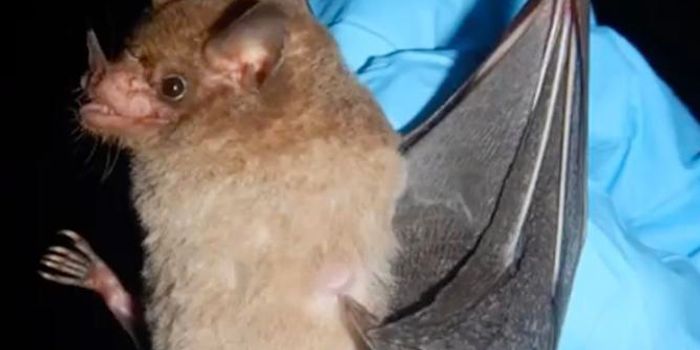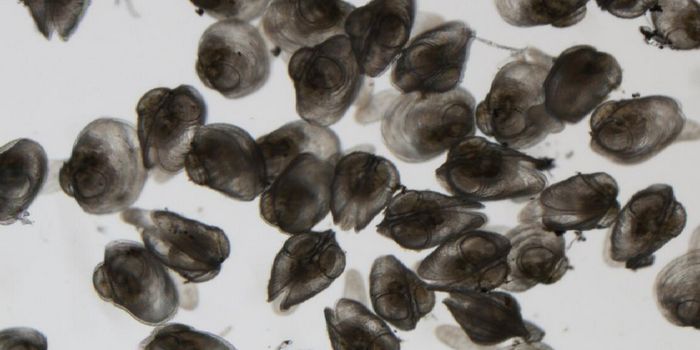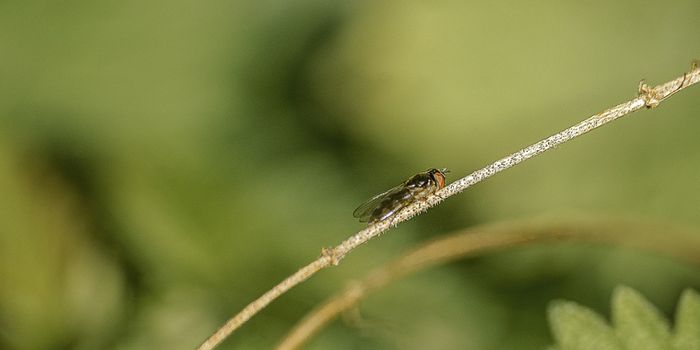This Fungus Kills Flies in an Unusual Way
If you’re a fly, then you’d do good to hope you never come in contact with a type of fungus known by its scientific name Entomophthora muscae.
This fungus kills flies slowly and gruesomely – its spores infiltrate the host fly’s skin, and afterward, they grow and develop inside the fly’s body. In time, typically three to five days, the fly begins to exhibit unusual behavior. It begins with a twitch and is followed by aimless wandering. Eventually, the fly crawls to the top of a high place, a behavior known as summiting.
Flies don’t usually exhibit this behavior, but a fly affected by the aforementioned fungus does because the fungus assumes control over the insect’s brain. After the fly finds a place to summit, it glues itself down with its own sticky saliva. In time, its wings suddenly shoot upward; the fly is now dead.
You might be wondering why the fungus killed the fly and what it accomplished in doing so. As the fungus continues growing inside the fly’s body, it eventually breaks through the skin, releasing more spores into the air. In fact, this is why the summiting behavior was so crucial – the higher up the fly was able to climb, the further the fungus spores can be curried by the wind before succumbing to gravity.
As you might come to expect, the cycle repeats itself, and this is how the fungus reproduces.
Related: This cockroach-eating wasp controls its prey's mind before devouring it








